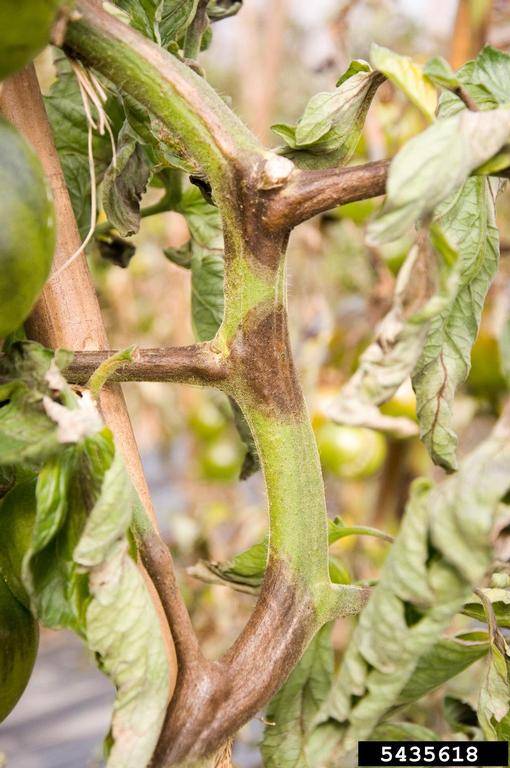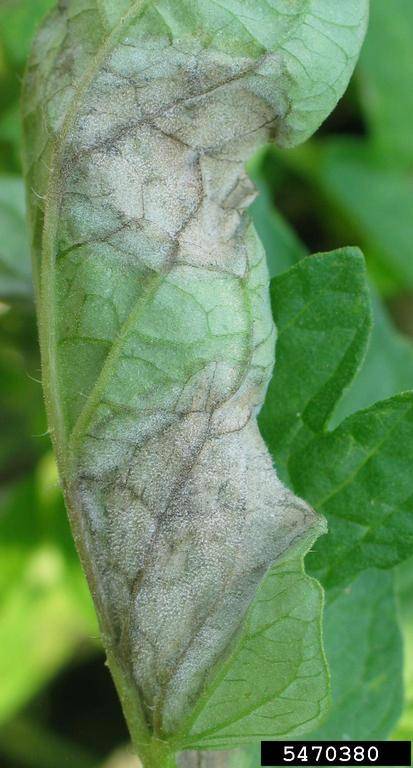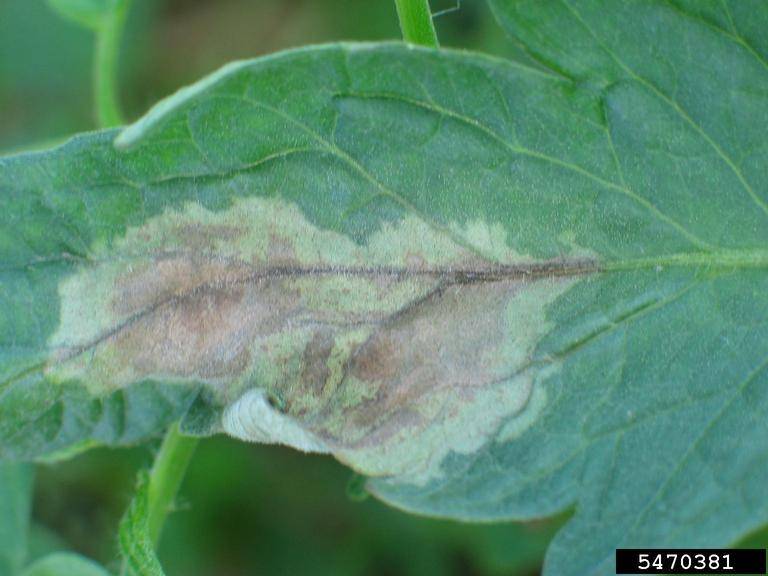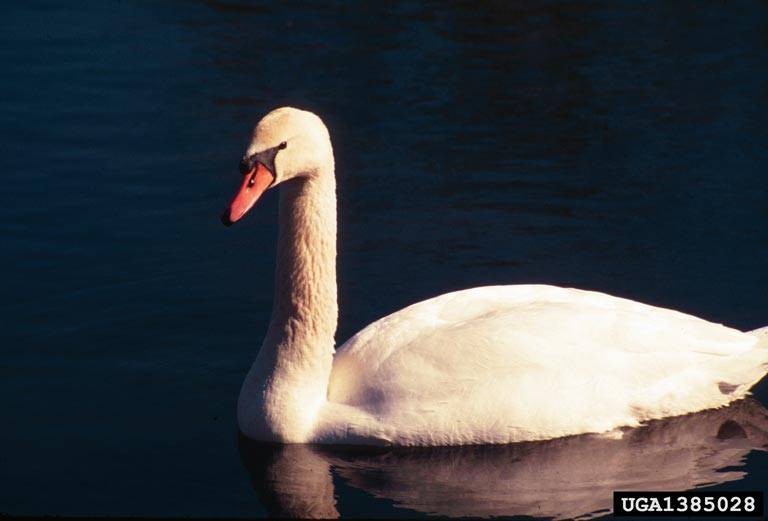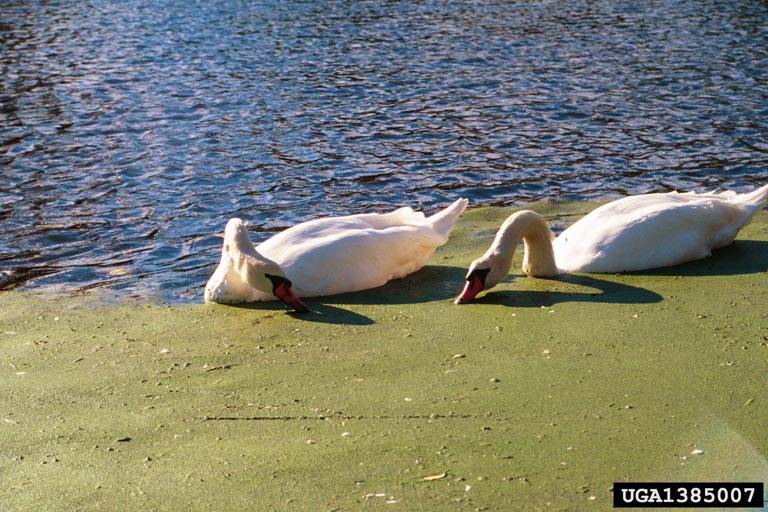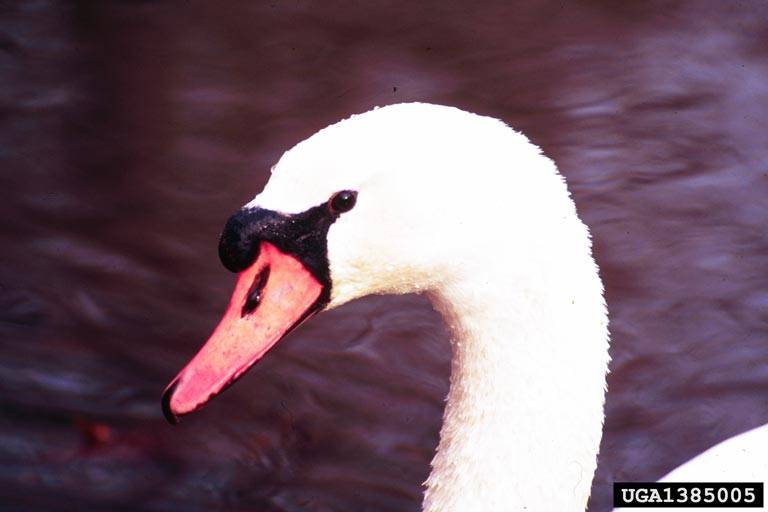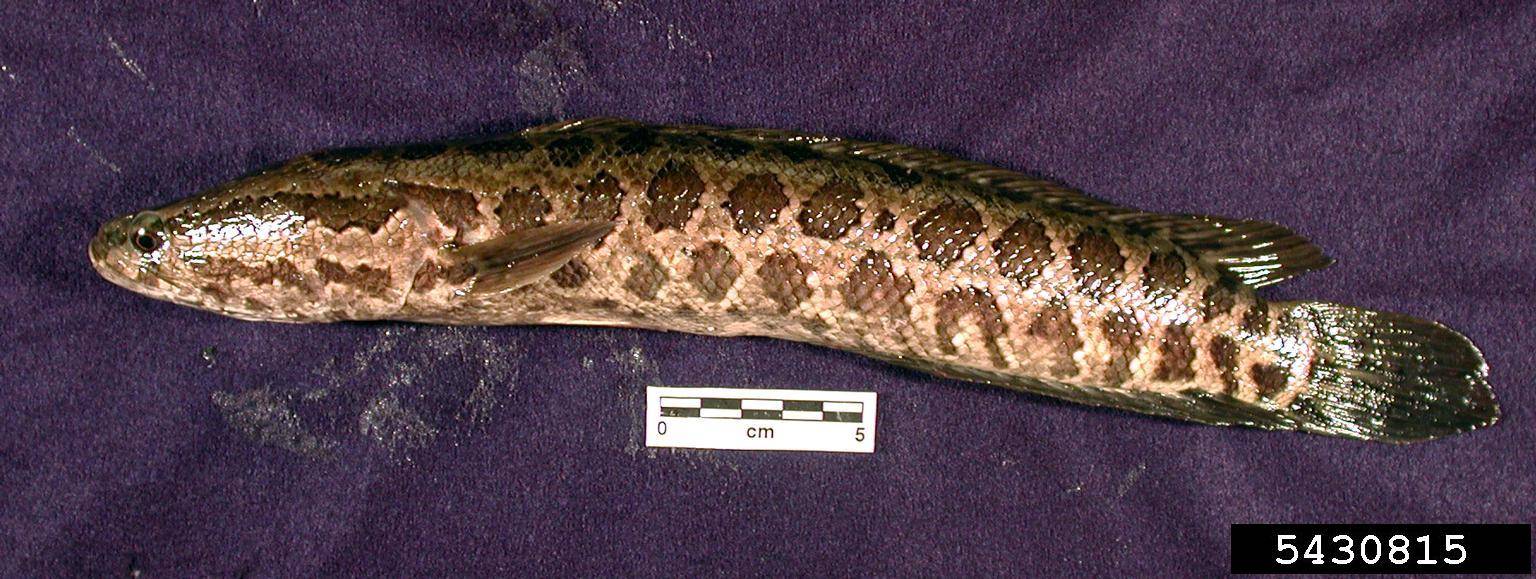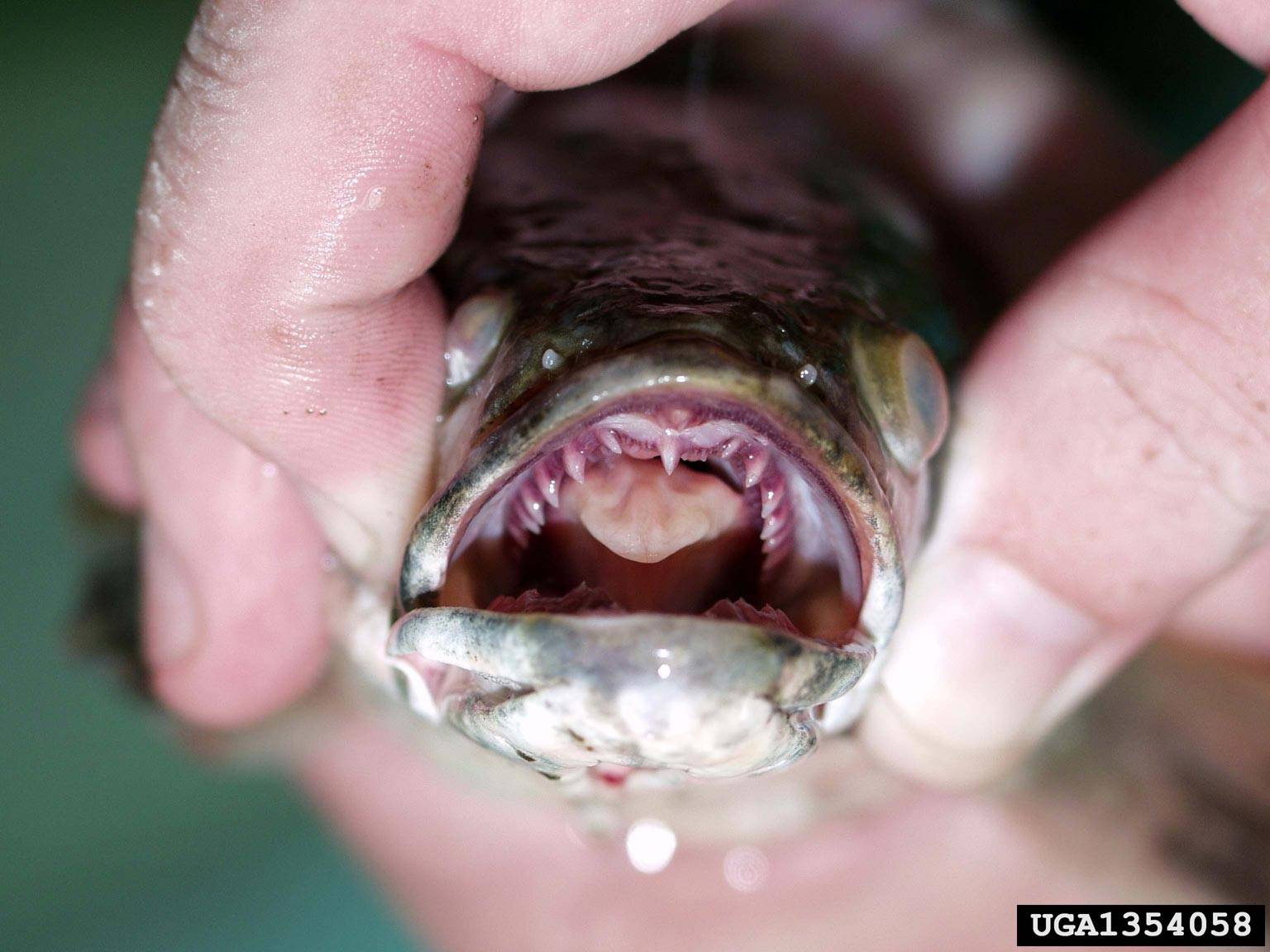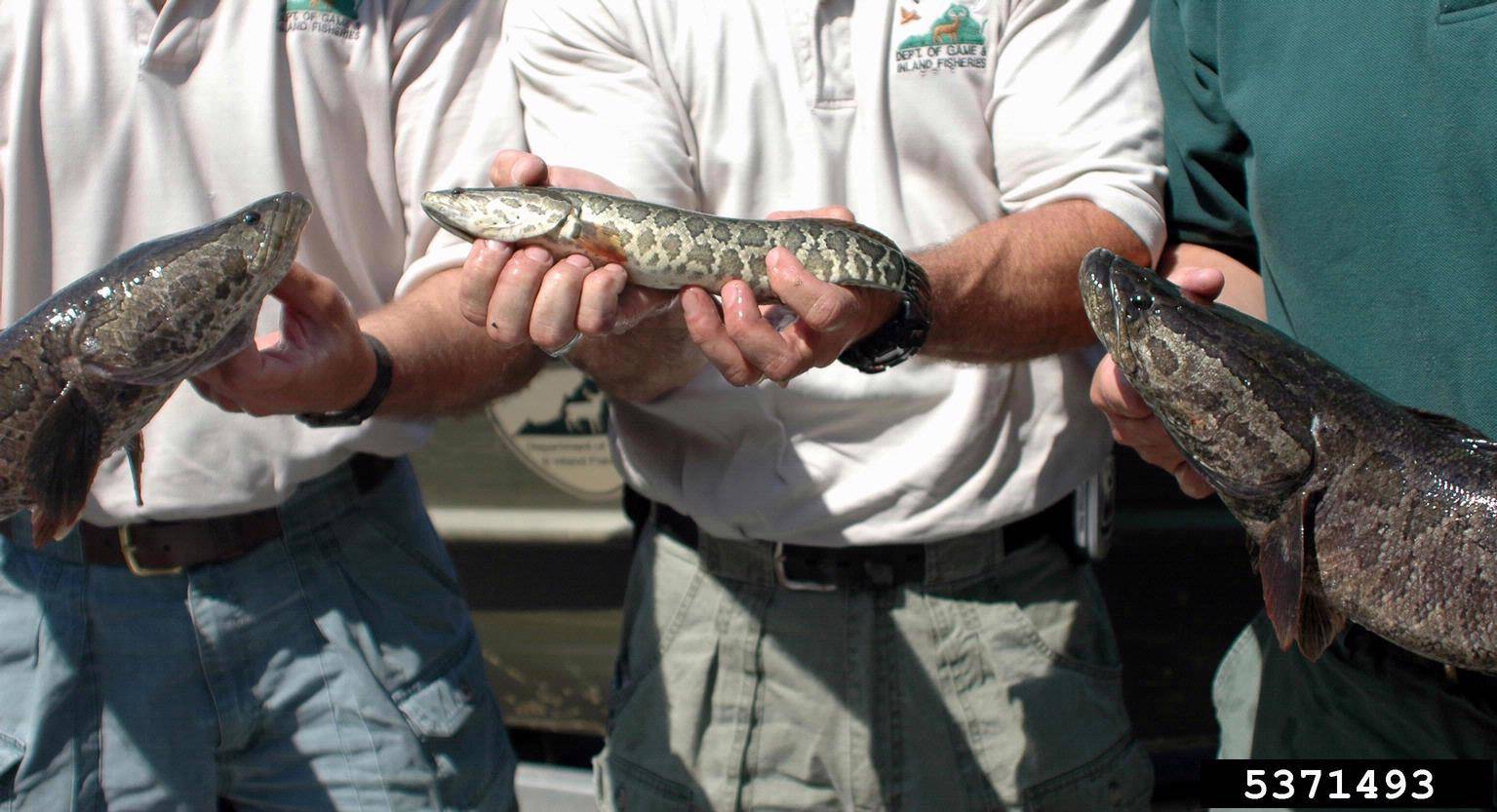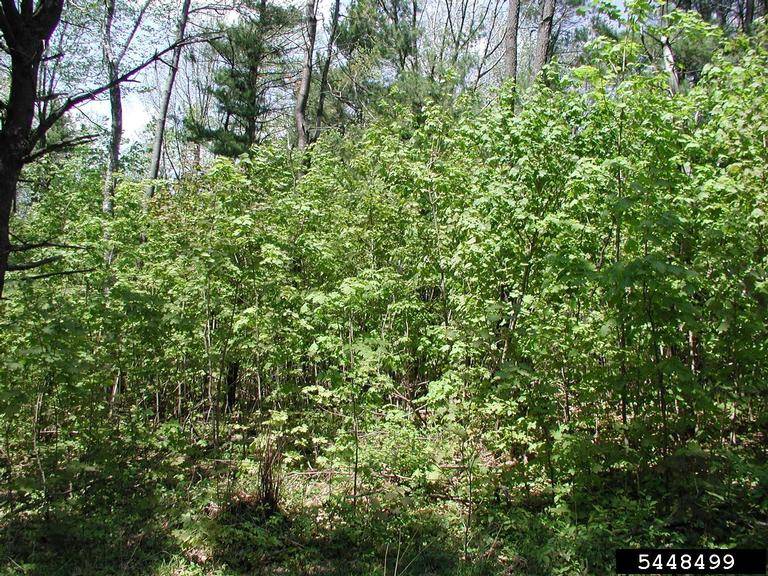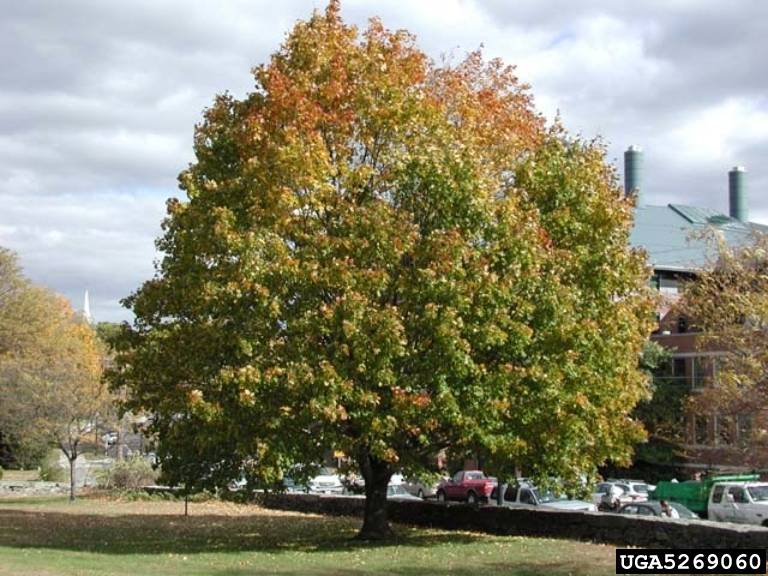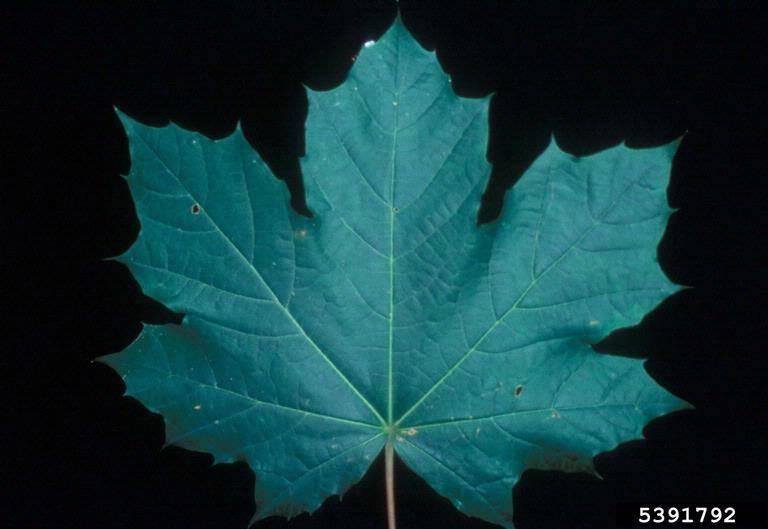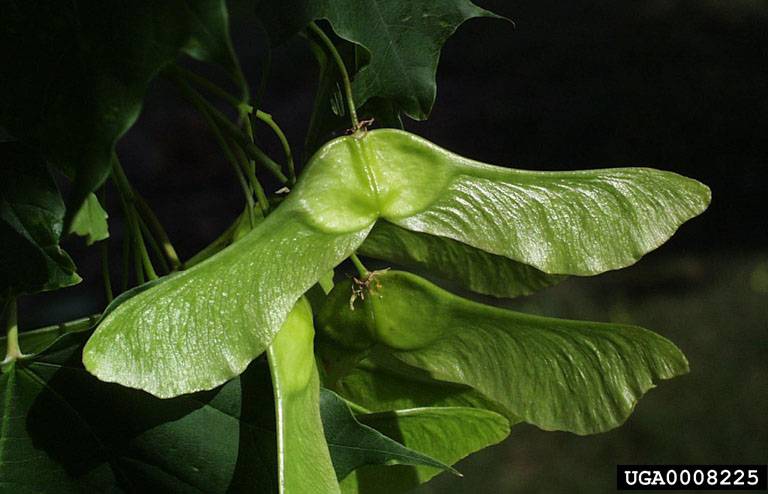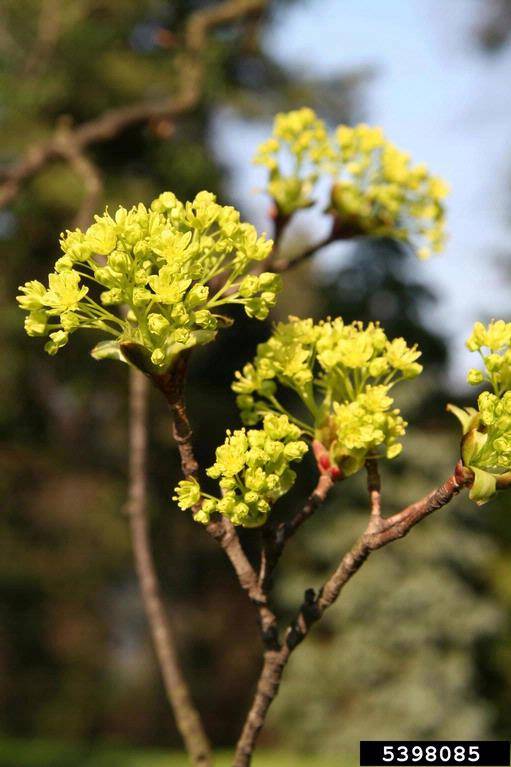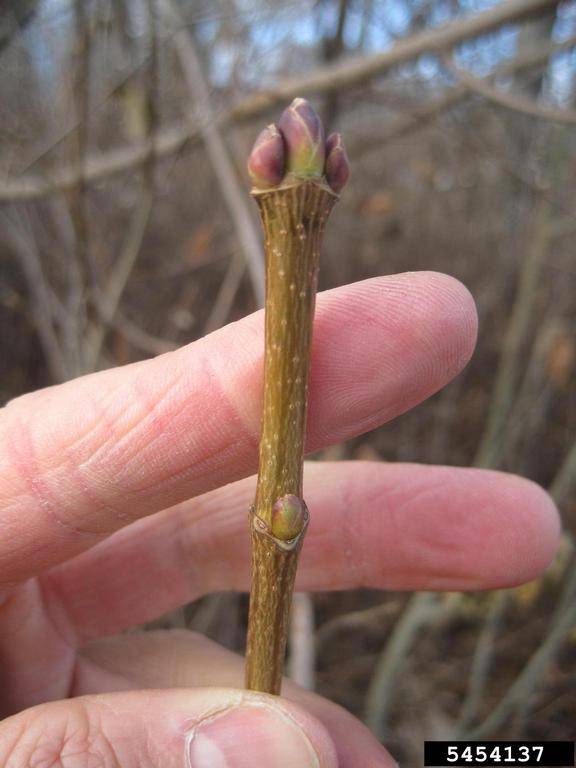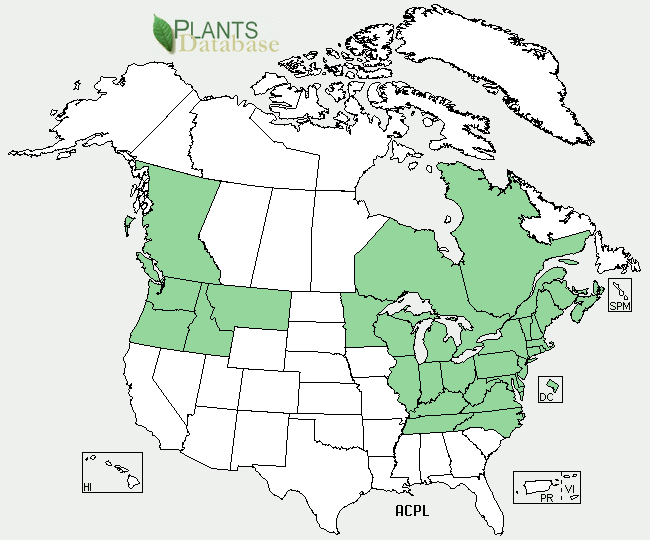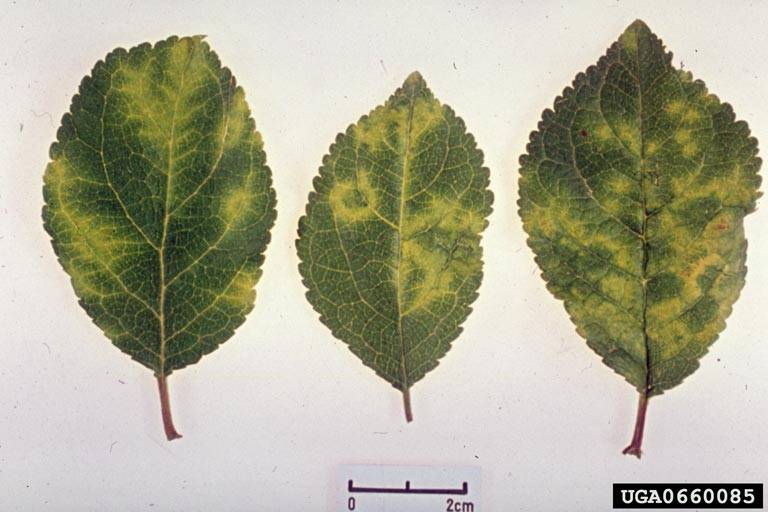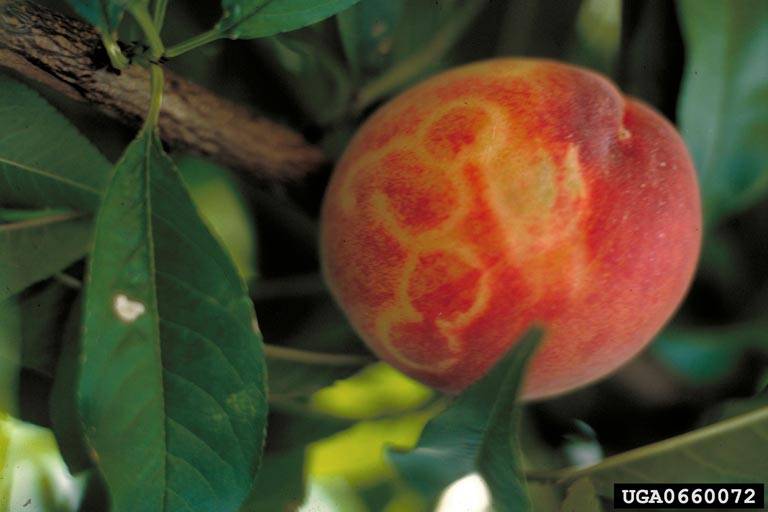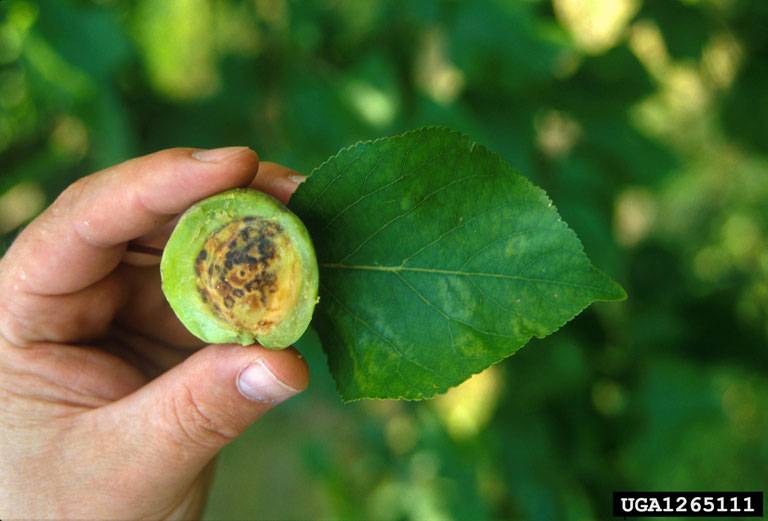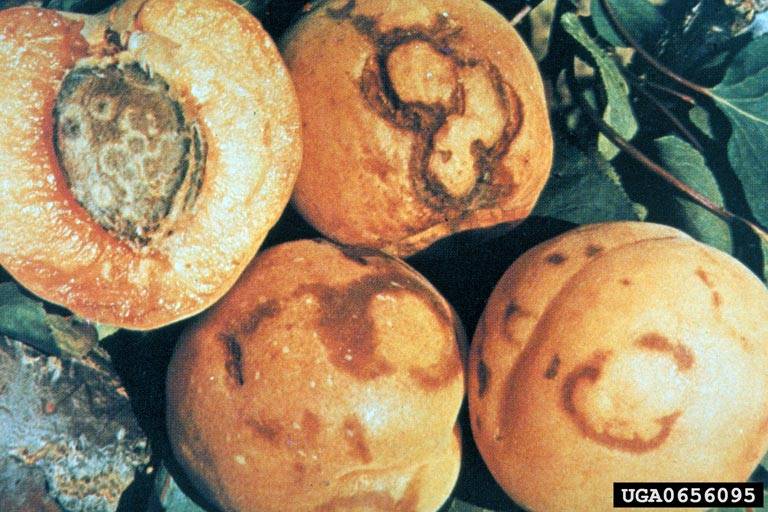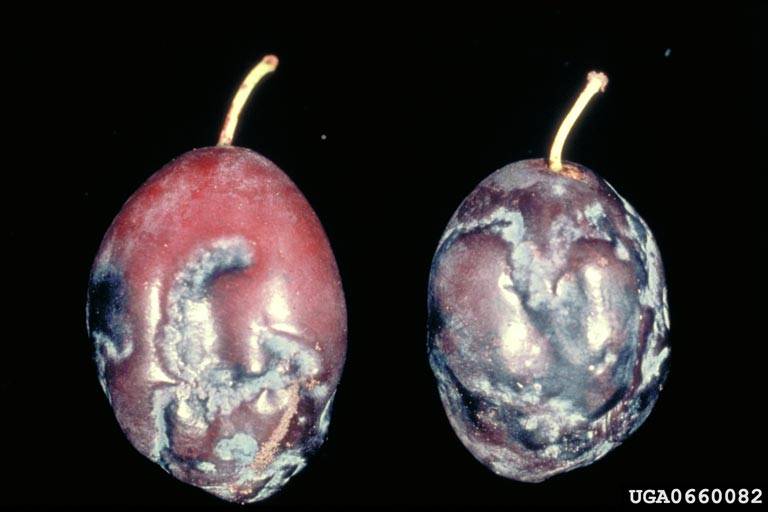Kudzu (Pueraria montana)
Introduction & Distribution | Biology & Identification | Habitat & Ecology | Impacts | Control | Policy | New York Distribution Map
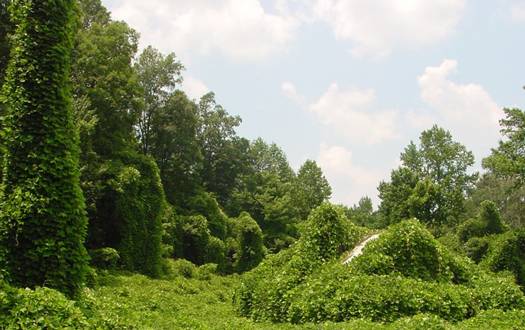
Introduction & Distribution
Kudzu (Pueraria montana) is a semi-woody, trailing or climbing, perennial invasive vine native to China, Japan, and the Indian subcontinent. Kudzu is also known as foot-a-night vine, Japanese arrowroot, Ko-hemp, and “the vine that ate the South.” The vine, a legume, is a member of the bean family. It was first introduced to North America in 1876 in the Japanese pavilion at the Philadelphia Centennial Exposition. A second major promotion of kudzu came in 1884 in the Japanese pavilion at the New Orleans Exposition. The first recorded use of kudzu in North America was as a shade plant on porches in the American South (the plant produces attractive, fragrant purplish flowers in mid-summer). Kudzu was heavily promoted in the early-1900s when the government paid farmers to use the vine for erosion control (more than a million acres are estimated to have been planted as a result) and as a drought-tolerant, nitrogen-fixing legume (capable of bacterial growth with stem and root nodules converting free nitrogen to nitrates, which the host plant utilizes for its growth in low nitrogen soils) for livestock feed. During the Great Depression, thousands of acres of kudzu were planted by the Civilian Conservation Corps for hillside stabilization projects. In some areas, kudzu blossoms have been prized for their use in making kudzu blossom jelly and jam. The long kudzu fibers are also used in basket making. Ko-hemp, a more refined version of kudzu fiber has long been used for cloth weaving in China.
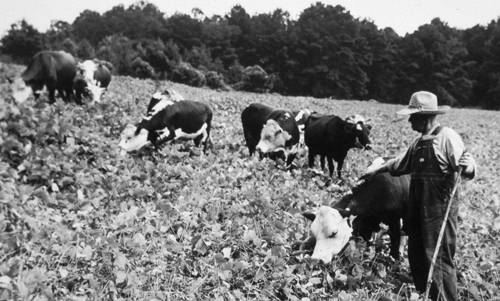
These government-sanctioned uses of the vine, combined with its innate, aggressive, range-expansion capabilities resulted in a rapid spread of kudzu throughout North America. Kudzu can now be found in 30 states from Oregon and Washington State to Massachusetts, particularly infesting states from Nebraska and Texas eastward most heavily; the vine is most common in the South. It has also been discovered in Hawaii and the warm, south-facing growing region on the north shore of Lake Erie in the Canadian Province of Ontario.
.jpg)
Biology & Identification
Kudzu is an herbaceous to semi-woody, climbing or trailing, nonnative, deciduous, perennial vine or liana (a vine that is rooted in ground-level soil and uses trees and other vertical supports (telephone polls, buildings, etc.) to climb to the forest canopy to get access to light. A well-known example would be common wild grape).
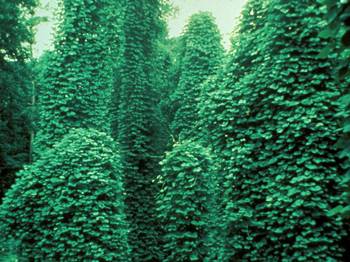
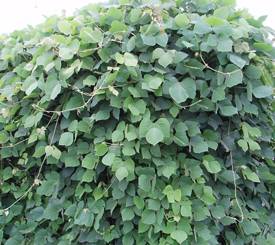
Kudzu produces long, hairy vines from a central root crown. Kudzu has dark-green, hairy, alternate, compound leaves, 2 – 8 inches (5 – 20 cm) in length with three oval- to heart-shaped leaflets 3 – 4 inches (8 – 10 cm) long at the end; these leaves may be slightly or entirely lobed. Stems are also hairy. Vines can grow up to 30 to 100 feet (9 – 30.5 meters) per year. The vines have 0.8 – 1 inch (2 – 2.5 cm) flowers on 4 – 8-inch (10 – 20 cm) axillary racemes (short, equal length stalks along a main stem forming clusters of flowers with the oldest flowers toward the base with the newest end of the stalk terminating in one or more undeveloped buds). Vertical kudzu vines in full sunlight produce flowers in late-summer; horizontal vines seldom produce flowers. The flowers are typically red, purple, or magenta with a strong, grape-like aroma; pink or white flowers occur occasionally.
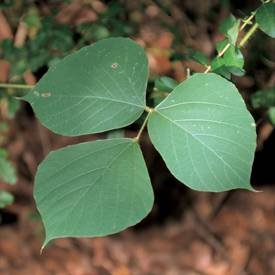
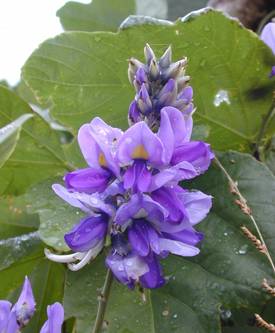
Population Expansion
Kudzu populations spread both asexually and by seed germination.
Asexual (vegetative) spread:
The most common method of spread is by setting new root crowns at almost every node where horizontal trailing stems come in contact with bare soil (this can be every few feet); new vines will form at these nodes the following spring and will spread out in all available directions. Kudzu tap roots can grow up to 12 feet (3.6 meters) long and weigh up to several hundred pounds. This may help kudzu to withstand long periods of drought.
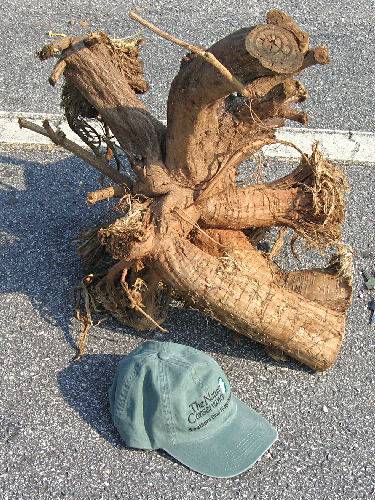
Sexual spread:
Kudzu usually does not flower until its third year, with flowers and seeds forming only on vertical climbing vines. Kudzu produces clusters of 20 – 30 hairy brown seed pods, 1.6 – 2 inch (4 – 5 cm) long pods. Each pod contains from 3 to 10 kidney bean-shaped seeds, of which only 1 or 2 seeds are viable. Dormant viable seeds are unable to germinate until after their seed coats have become water permeable as a result of physical scarification (breaking the seed coat by abrasion or prolonged thermal stress). Seeds deposited below the vines in the seed bank may take several years to germinate. This can be problematic during control efforts because it can result in the reemergence of the plants years after eradication was believed to have been achieved. It has been observed that kudzu in North America is more likely to grow asexually than by setting seed. It appears that this is due to kudzu seedlings being outcompeted by vegetatively produced vines.

Habitat & Ecology
Factors that help determine how invasive kudzu will be in any habitat appear to be climate and availability of light. Warmth and humidity are important factors, with greater colonization corresponding to warmer average annual temperatures and higher average humidity. To reach additional light, the vines climb existing vegetation and hard vertical surfaces. It does not appear that the composition of the local native plant community has much influence on kudzu invasiveness. Even undisturbed plant communities adjacent to an existing population of kudzu can be at risk. Typical kudzu habitats are usually open, disturbed areas such as roadside ditches, rights-of-way, and abandoned fields. In such settings, kudzu can form large monocultures with thousands of plants per acre.
Kudzu has a strong daily leaf orientation capability; by controlling the leaf position as it faces toward or away from the sun, kudzu can control sunlight intensity on the leaflets that are exposed. This ability can reduce leaf temperatures relative to native vegetation and minimize the amount of water lost from the plant by leaf surface transpiration during times of peak sunlight. It may also be a benefit below forest canopies where light is dim by increasing the surface area of leaves receiving sunlight. Leaves exposed to open sunlight may be able to maximize photosynthesis, store additional food in kudzu’s rhizomes, and have a competitive advantage over native vegetation.
Kudzu accumulates and maintains substantial carbon reserves in large woody, tuberous roots, again giving it a competitive advantage.
Trailing stems in open areas tend to die back in the winter. Vertically climbing vines develop thick bark and can reach diameters greater than 0.8 inch (2 cm), aiding in overwintering.
Kudzu vines can more easily grow around smaller vines such as honeysuckle (Lonicera spp.) than around bare tree trunks. This growth tactic appears to aid the plant in the formation of lianas in forested areas. Once established, kudzu lianas compete with forest trees both for sunlight in the crown and for water and nutrients from the soil. The vines may directly damage colonized trees by strangulation. These physical traits of a kudzu liana significantly impact the ability of native trees to grow and reproduce, increasing the early mortality of native trees, and preventing the establishment of new trees or shrubs in the dim light below the colonized canopy.
Kudzu lianas can cause weakened trees to fall from the weight of the overgrowth of vines or by pulling down trees attached to the liana when one weak tree succumbs to the weight of ice freezing onto the tree and/or the vines.
Kudzu thrives where the climate favors mild winters (40 – 60°F {4 -16°C}), summer temperatures rising above 80°F (27°C), precipitation greater than 40 inches (101 cm), and a long growing season.
Because of its underground root crowns, kudzu can escape fire damage. During the growing season, kudzu’s underground root system can provide significant water to the foliage; the high water content stems and foliage are able to resist some fire damage that may kill nearby native plants.
There is some indication (not yet definitively proven) that wildfire (or controlled burn) soil heating may promote kudzu seed germination by scarifying the seedcoat which would allow penetration by water to allow for germination.
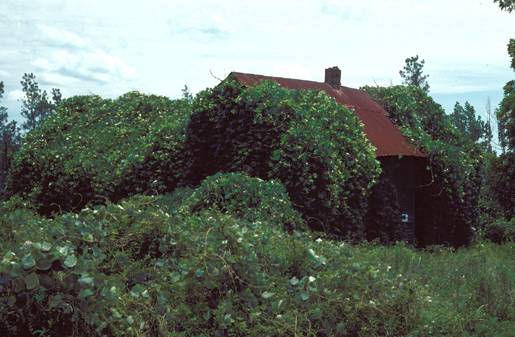
Impacts
Native Plant Community Impacts:
A kudzu invasion can cause several different types of major impacts on native plant communities: it can crowd them out; it can outcompete them; and it can physically crush them.
Since kudzu can fix nitrogen in its roots, it can thrive in soils too low in nitrogen to support robust growth of native vegetation, thereby outcompeting native plants for both nutrition and growing space, ultimately forming monospecific plant communities. This significantly alters natural plant communities and the animals that rely on those natural communities for food and habitat. Areas of more than 100 acres (40 hectares) with 1 – 2 plants per square foot, or 40,000 to 85,000 plants per acre (107,000 to 215,000 plants per hectare) can be found in the American South.
Kudzu’s rapid growth rate and its manner of growing over whatever it encounters in its path can also overwhelm native plant communities, also resulting in monospecific stands of the vine.
As heavy infestations of kudzu can completely cover trees of almost any size, kudzu lianas can both fell trees from their extreme weight or nearly eliminate light availability within the forest canopy, weakening or killing shade-intolerant species, particularly pines. Once kudzu gains access to the forest canopy, the liana formed can spread faster and more aggressively through a forest.
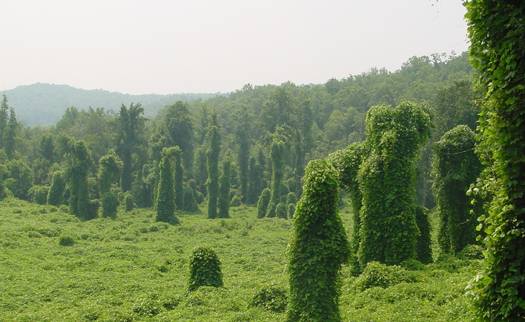
Economic Impacts:
By outcompeting, smothering, and physically removing native vegetation, kudzu damages to lost forest production for southern commercial timber producers has been estimated to be as high as $48 per acre ($118 per hectare) per year. Kudzu control costs can be as high as $200 per acre per year. Control costs on power company rights-of-way and transmission equipment have been estimated as high as $1.5 million per year. Kudzu can also be a problem along highway rights-of-way.
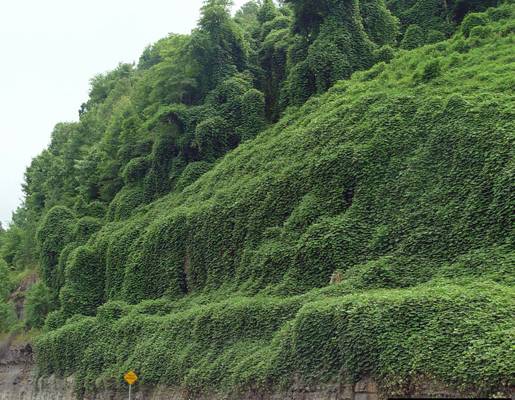
Control
With a growth rate of up to one foot (0.3 meter) per day, simply controlling or managing kudzu can become a “fool’s errand” of never ending activity. In areas where the plant cannot be tolerated at all, kudzu control is basically kudzu eradication. To prevent reinvasion, complete eradication is required, which means every root crown on a site must be killed. Due to the numerous root crowns at vine nodes, eradication of a well-established population of kudzu could take 5 – 10 years of concentrated effort. The more mature the population, the more difficult eradication becomes as a result the numerous crowns and the large rhizome system that can store significant amounts of starch to feed the plant. Lianas are also more efficient at producing starch and sending it to the root system than are horizontal, ground-based vines.
Eradication of kudzu with herbicides calls for frequent defoliation during the growing season, while most of the plant’s energy is devoted to vine production and growth. Defoliation forces the plant to call on root starch reserves to resume foliage growth activities, helping to diminish reserves of starch and prevent storage of new reserves. If a single treatment is all that can be undertaken in a year, it should be implemented in early-fall as foliage starch allocation to the root system replenishing that used for growth during the spring and summer takes place in the early-fall.
If physical or mechanical control methods are selected, eradication of well-established kudzu populations could take many years or be ineffective in the long-term. Mechanical harvesting of kudzu foliage limits the production of new food reserves by reducing photosynthesis; regrowth helps to deplete starch stored in the root system. Mowing of trailing vines and root crowns every two weeks may take up to ten years to eradicate small, immature patches of kudzu, assuming that all root heads are mowed. Mowing is more likely to result in eradication if used with herbicide application. During mechanical eradication efforts, all cut plant material should be destroyed by burning or by bagging and landfilling.
The use of intensive conservation grazing by herbivores such as sheep or goats can help control young, tender kudzu growth and make control by herbicides more effective over shorter periods of time by helping to reduce energy reserves.
For information regarding appropriate use of herbicides against kudzu and other invasive plants, please consult The Nature Conservancy’s Weed Control Methods Handbook. Make certain to consult your state’s environmental conservation or natural resource management agency to determine which herbicides are legal for kudzu control in your state.
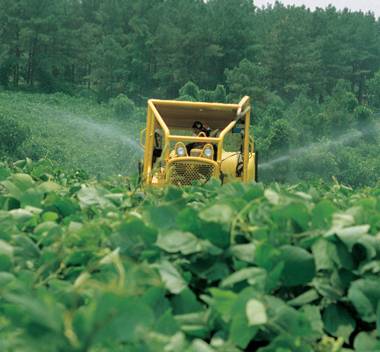
Policy Status
In the 1950s, the Agricultural Conservation Program removed kudzu from the list of species acceptable for use as an agricultural forage crop or soil stabilization plant. Congress listed kudzu as a Federal Noxious Weed in 1998. In 2014, the State of New York designated kudzu as a prohibited plant under the state’s Environmental Conservation Law.
New York Distribution Map
This map shows confirmed observations (green points) submitted to the NYS Invasive Species Database. Absence of data does not necessarily mean absence of the species at that site, but that it has not been reported there. For more information, please visit iMapInvasives.




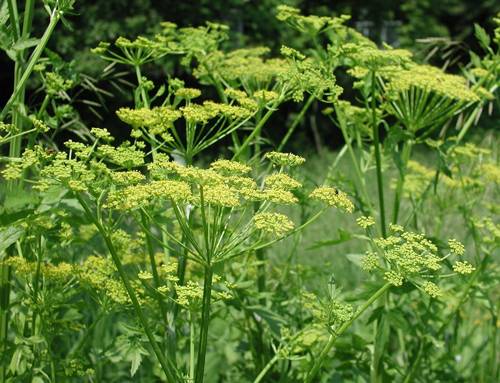
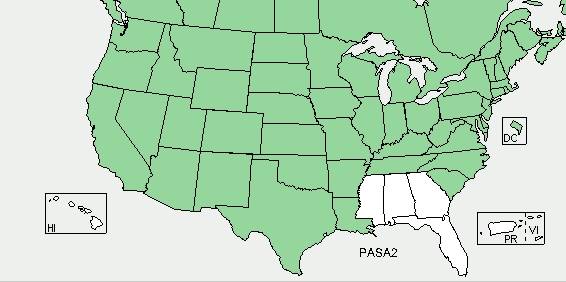
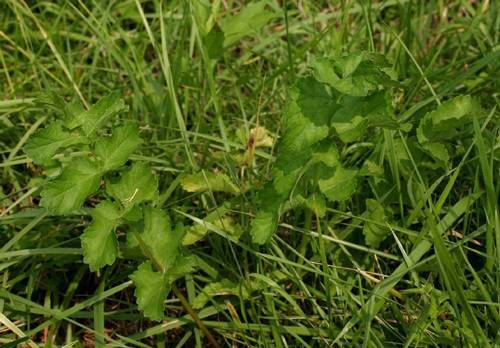
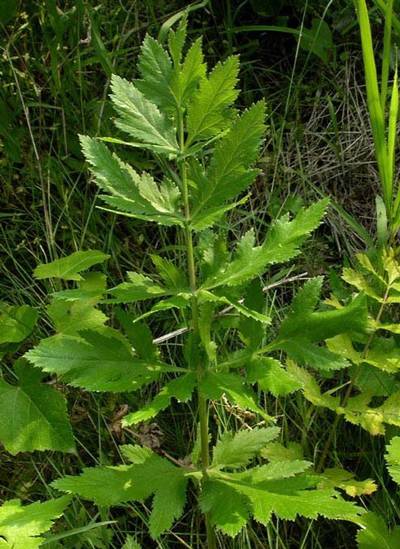
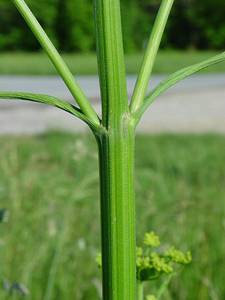
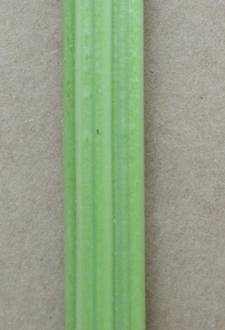
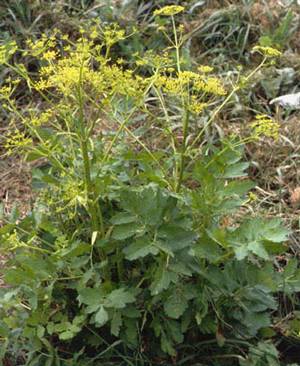
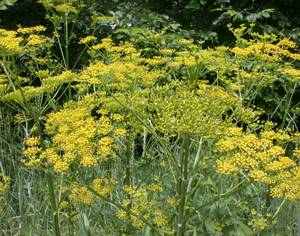
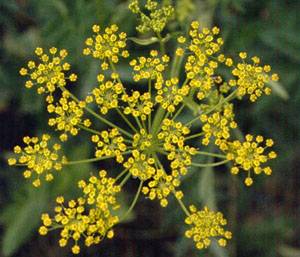
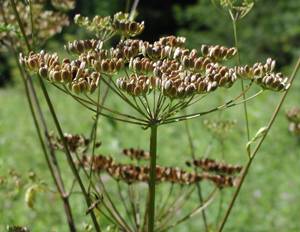


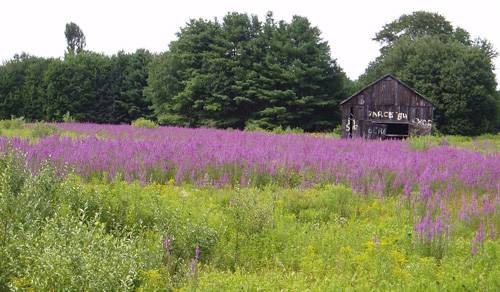
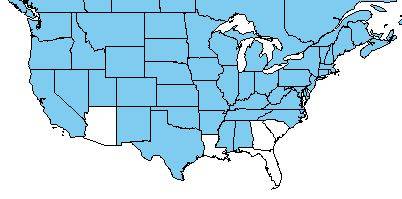
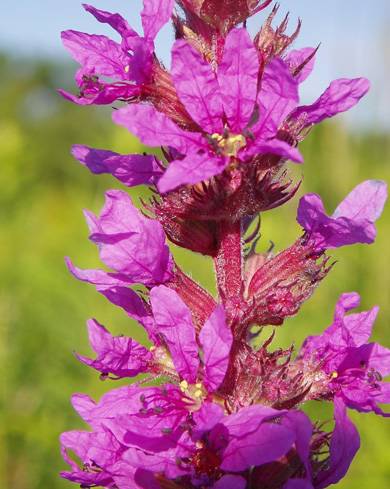
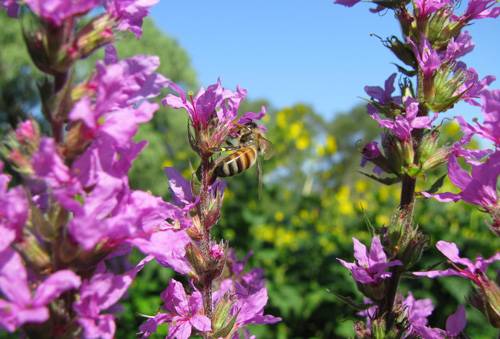
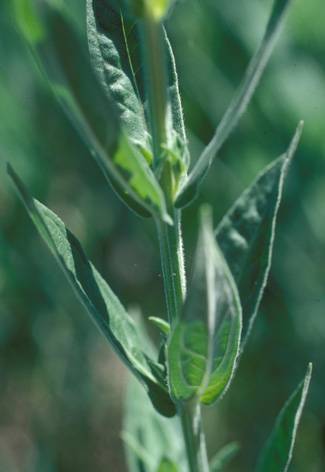
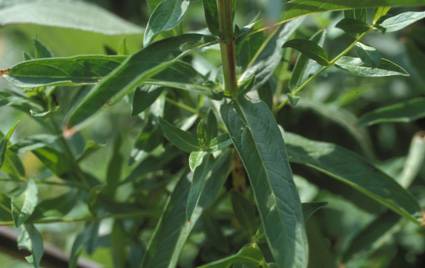
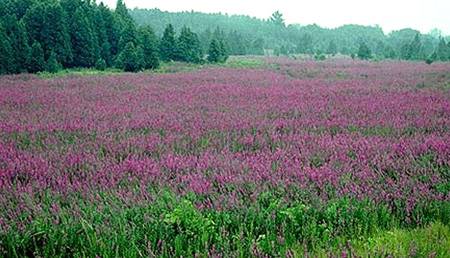
.jpg)
.jpg)
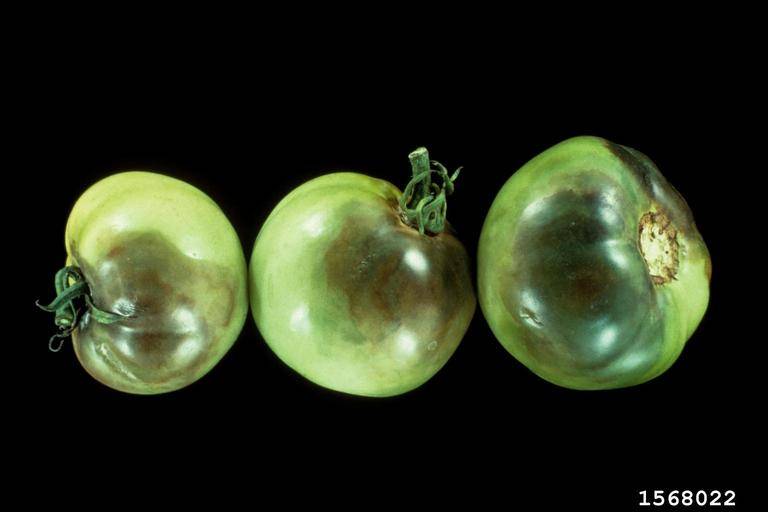
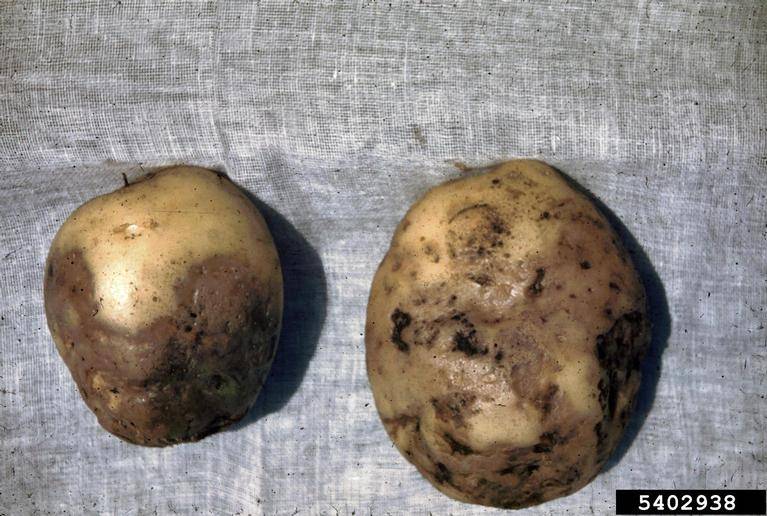
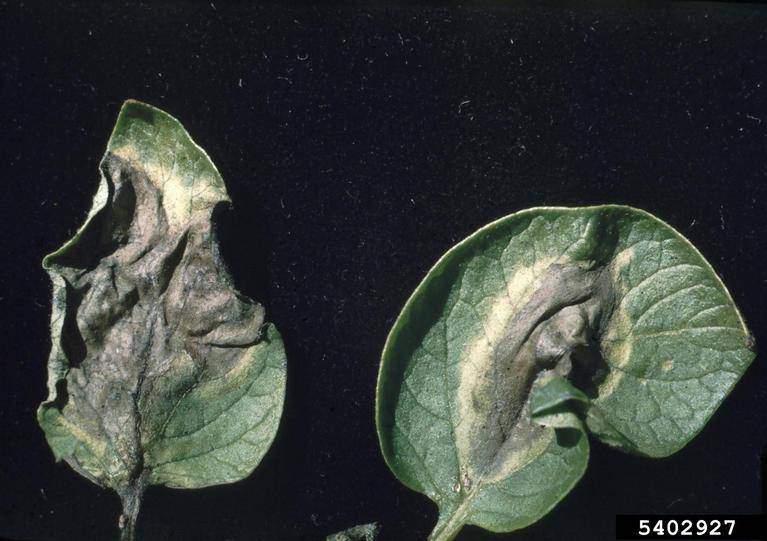
.jpg)
